Higher classification Grasses | Scientific name Sporobolus Rank Genus | |
Lower classifications Sporobolus heterolepis, Sporobolus virginicus, Sporobolus compositus | ||
Sporobolus stapfianus a resurrection grass
Sporobolus is a nearly cosmopolitan genus of plants in the grass family.
Contents
- Sporobolus stapfianus a resurrection grass
- Medicinal rice p5o formulations for sporobolus excess pankaj oudhia s medicinal plant database
- Uses
- Ecology
- References
The name is derived from the Greek words σπόρος (sporos), meaning "seed", and βόλος (bolos), meaning "throw", referring to the dispersion of seeds. Members of the genus are usually called dropseeds or sacaton grasses. They are typical prairie and savanna plants, occurring in other types of open habitat in warmer climates. At least one species (S. caespitosus from Saint Helena) is threatened with extinction, and another (S. durus from Ascension Island) is extinct.
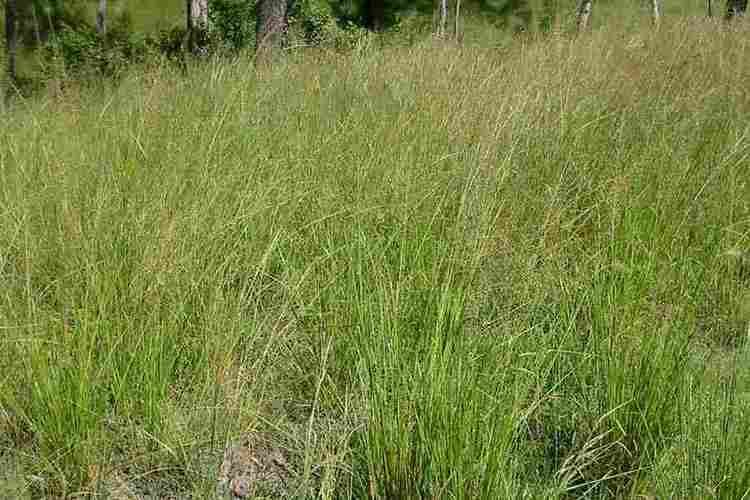
Medicinal rice p5o formulations for sporobolus excess pankaj oudhia s medicinal plant database
Uses
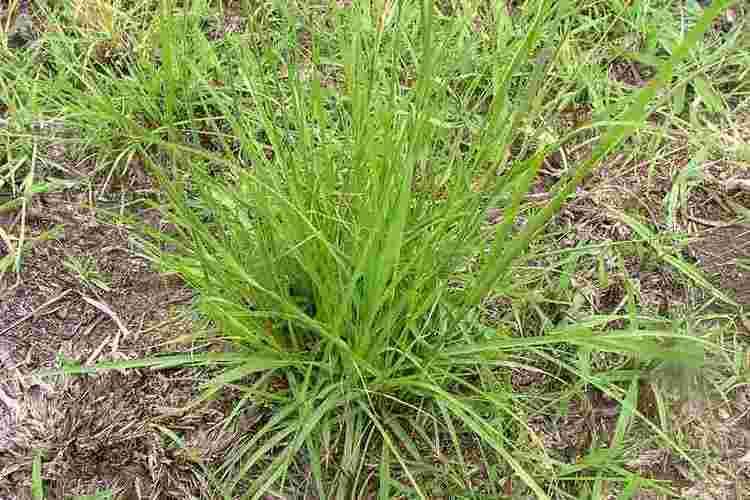
While some dropseed grasses make nice gardening plants, they are generally considered to make inferior pastures. On the other hand, seeds of at least some species are edible and nutritious; they were used as food for example by the Chiricahua Apaches. Other species are reported to be used as famine foods, such as Sporobolus indicus in parts of the Oromia Region of Ethiopia, where it is known as muriy in Oromiffa.
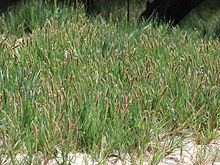
Known as popote de cambray, Sporobolus grasses are used in popotillo art or straw mosaics, a Mexican folk art with Pre-Columbian origins.
Ecology
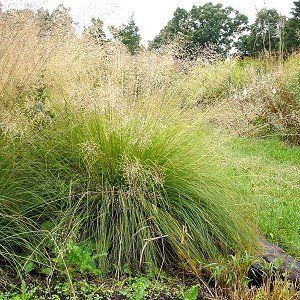
Caterpillars of the small moth Bucculatrix sporobolella have only been found on alkali sacaton (Sporobolus airoides). The Laysan dropseed noctuid moth (Hypena laysanensis) on Laysan Island apparently became extinct with the local eradication of S. virginicus by feral rabbits. Seed-eating birds including American sparrows (genus Aimophila) feed on sacaton seeds. S. wrightii is a critical resource for the Botteri's sparrow (Aimophila botterii) which at one time was extirpated from Arizona.
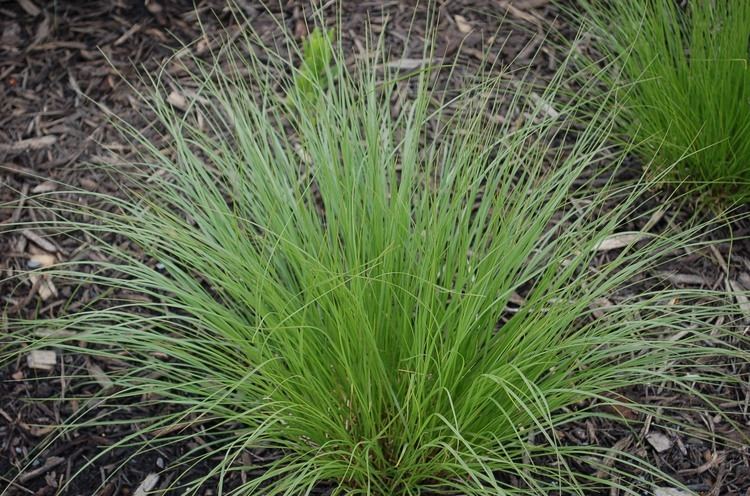
numerous species now considered better suited to other genera: Agrostis Arctagrostis Blepharoneuron Eragrostis Mosdenia Muhlenbergia Poa Sacciolepis Thysanolaena Urochondra
